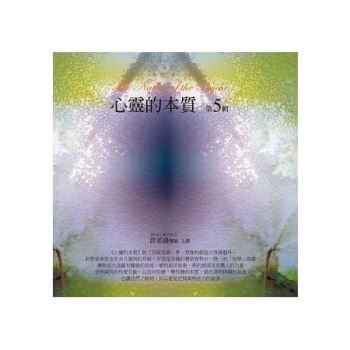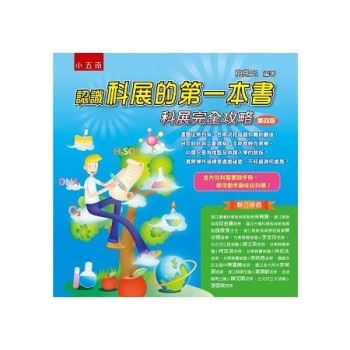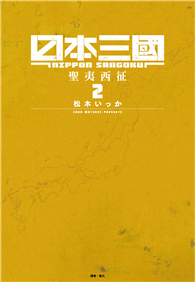A collection of 28 monographs covering the quality control and traditional and clinical uses of selected medicinal plants. Plants were selected for inclusion on the basis of their widespread use, particularly in countries that rely heavily on medicinal plants to meet primary health care needs. Monographs are provided for a number of phytomedicines traditionally used to treat such common complaints as diarrhoea, constipation, headache, appetite loss, sleep disorders, fatigue, and mild respiratory, gastrointestinal, and skin disorders. Additional medical applications assessed range from the lipid-lowering potential of garlic powder preparations, through the possible antiplasmodial activity of Fructus Bruceae, to the role of curcumin in promoting peptic ulcer healing and reducing the associated abdominal pain.
In preparing and publishing these monographs, WHO aims to encourage standardized scientific approaches to ensuring the safety, quality and efficacy of medicinal plants and their products. The monographs are also intended to promote international harmonization in the quality control and use of herbal medicines and to serve as models for the development of national formularies. Draft monographs were finalized following review by over 100 experts in 40 countries. Some 1400 references to the literature are included.
Each monograph follows a standard format, with information presented in two parts. The first gives pharmacopoeial summaries for quality assurance, botanical features, distribution, identity tests, purity requirements, chemical assays, and active or major chemical constituents. A section on definition provides the Latin binomial pharmacopoeial name, the most important criterion in quality assurance. Latin pharmacopoeial synonyms and vernacular names, listed in the section on synonyms and selected vernacular names, are those names used in commerce or by local consumers.
The second part of each monograph begins with a list of dosage forms and of medicinal uses categorized as uses supported by clinical data, uses described in pharmacopoeias and in traditional systems of medicine, and uses described in folk medicine, but not yet supported by experimental or clinical data. Each monograph also includes an extensive review of available data on experimental and clinical pharmacology, followed by information on contraindications, such as sensitivity or allergy, warnings, precautions, particularly in such special groups as pregnant and breast-feeding women, adverse reactions, and dosage. A list of references concludes the monograph.
Plants covered in volume 1:
Bulbus Allii Cepae
Bulbus Allii Sativi
Aloe
Aloe Vera Gel
Radix Astragali
Fructus Bruceae
Radix Bupleuri
Herba Centellae
Flos Chamomillae
Cortex Cinnamomi Rhizoma Coptidis
Rhizoma Curcumae Longae
Radix Echinaceae
Herba Echinaceae Purpureae
Herba Ephedrae
Folium Ginkgo
Radix Ginseng
Radix Glycyrrhizae
Radix Paeoniae Semen Plantaginis
Radix Platycodi
Radix Rauwolfiae
Rhizoma Rhei
Folium Sennae
Fructus Sennae
Herba Thymi
Radix Valerianae
Rhizoma Zingiberis
| FindBook |
有 1 項符合
WHO Monographs on Selected Medicinal Plants的圖書 |
 |
WHO Monographs on Selected Medicinal Plants 作者:Not Available(NA) 出版社:World Health Organization 出版日期:1999-12-31 語言:英文 規格:平裝 / 284頁 / 24.4 x 17 x 1.5 cm / 普通級 |
| 圖書館借閱 |
| 國家圖書館 | 全國圖書書目資訊網 | 國立公共資訊圖書館 | 電子書服務平台 | MetaCat 跨館整合查詢 |
| 臺北市立圖書館 | 新北市立圖書館 | 基隆市公共圖書館 | 桃園市立圖書館 | 新竹縣公共圖書館 |
| 苗栗縣立圖書館 | 臺中市立圖書館 | 彰化縣公共圖書館 | 南投縣文化局 | 雲林縣公共圖書館 |
| 嘉義縣圖書館 | 臺南市立圖書館 | 高雄市立圖書館 | 屏東縣公共圖書館 | 宜蘭縣公共圖書館 |
| 花蓮縣文化局 | 臺東縣文化處 |
|
|
圖書介紹 - 資料來源:博客來 評分:
圖書名稱:WHO Monographs on Selected Medicinal Plants
內容簡介
|











